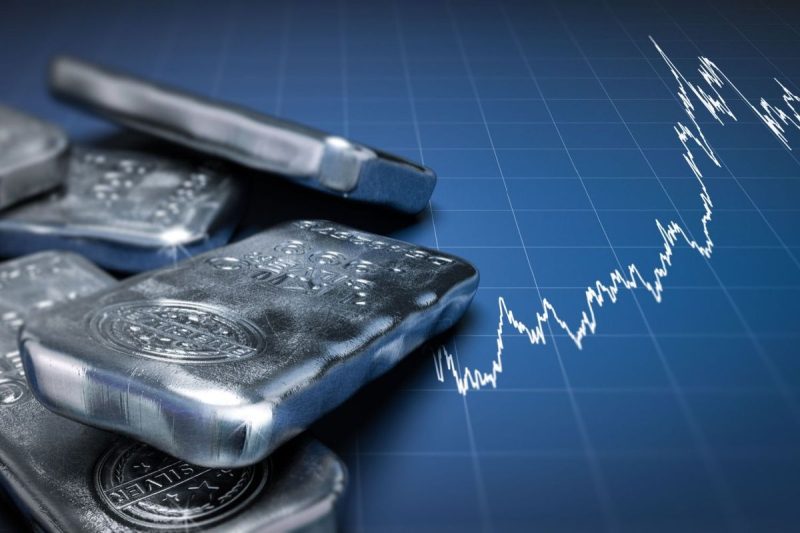Investing in precious metals has long been a popular strategy for diversifying investment portfolios and hedging against economic uncertainties. While gold is often considered the go-to precious metal for investors, silver also offers unique advantages and opportunities for those looking to add diversity to their investment mix.
1. Understanding the Basics of Silver Investing
Silver is a versatile metal with various industrial applications, in addition to being a store of value like gold. When considering investing in silver, it is essential to understand the different forms in which it can be purchased, such as physical bullion, coins, bars, and silver-based exchange-traded funds (ETFs). Each form of silver investment comes with its own advantages and considerations, based on factors like liquidity, storage costs, and ease of buying and selling.
2. Factors Influencing Silver Prices
Like any other commodity, the price of silver is influenced by a combination of supply and demand dynamics, macroeconomic conditions, and investor sentiments. Industrial demand for silver plays a significant role in determining its price, as the metal is widely used in various sectors like electronics, solar panels, and medical applications. Furthermore, economic factors such as inflation, interest rates, and geopolitical uncertainties can impact the price of silver and drive investor interest.
3. Long-Term Value of Silver Investments
Investing in silver can be beneficial for long-term wealth preservation and growth, especially in times of economic uncertainty or market volatility. Historical data shows that silver has maintained its value over time and has often outperformed other asset classes during periods of financial instability. Silver can serve as a hedge against inflation and currency devaluation, offering investors a way to protect their purchasing power and diversify their portfolios.
4. Risks and Considerations for Silver Investors
While silver can be a valuable addition to an investment portfolio, it is essential for investors to be aware of the risks associated with this asset class. Silver prices can be volatile, reacting to changes in market conditions and investor sentiments. Additionally, holding physical silver can entail storage and security costs, which should be factored into the overall investment strategy. Investors should also consider their investment goals, risk tolerance, and time horizon when incorporating silver into their portfolio.
5. Strategies for Investing in Silver
There are several strategies that investors can consider when investing in silver, based on their risk appetite and financial objectives. Dollar-cost averaging, for instance, involves regularly purchasing a fixed amount of silver over time, averaging out the purchase price and reducing the impact of short-term price fluctuations. Alternatively, investors can also explore trading silver futures or options for more speculative investment opportunities.
In conclusion, investing in silver can offer diversification benefits and serve as a hedge against economic uncertainties. By understanding the basics of silver investing, considering the factors influencing silver prices, and adopting suitable investment strategies, investors can harness the potential of this precious metal to enhance their portfolios and protect their wealth in the long run.
